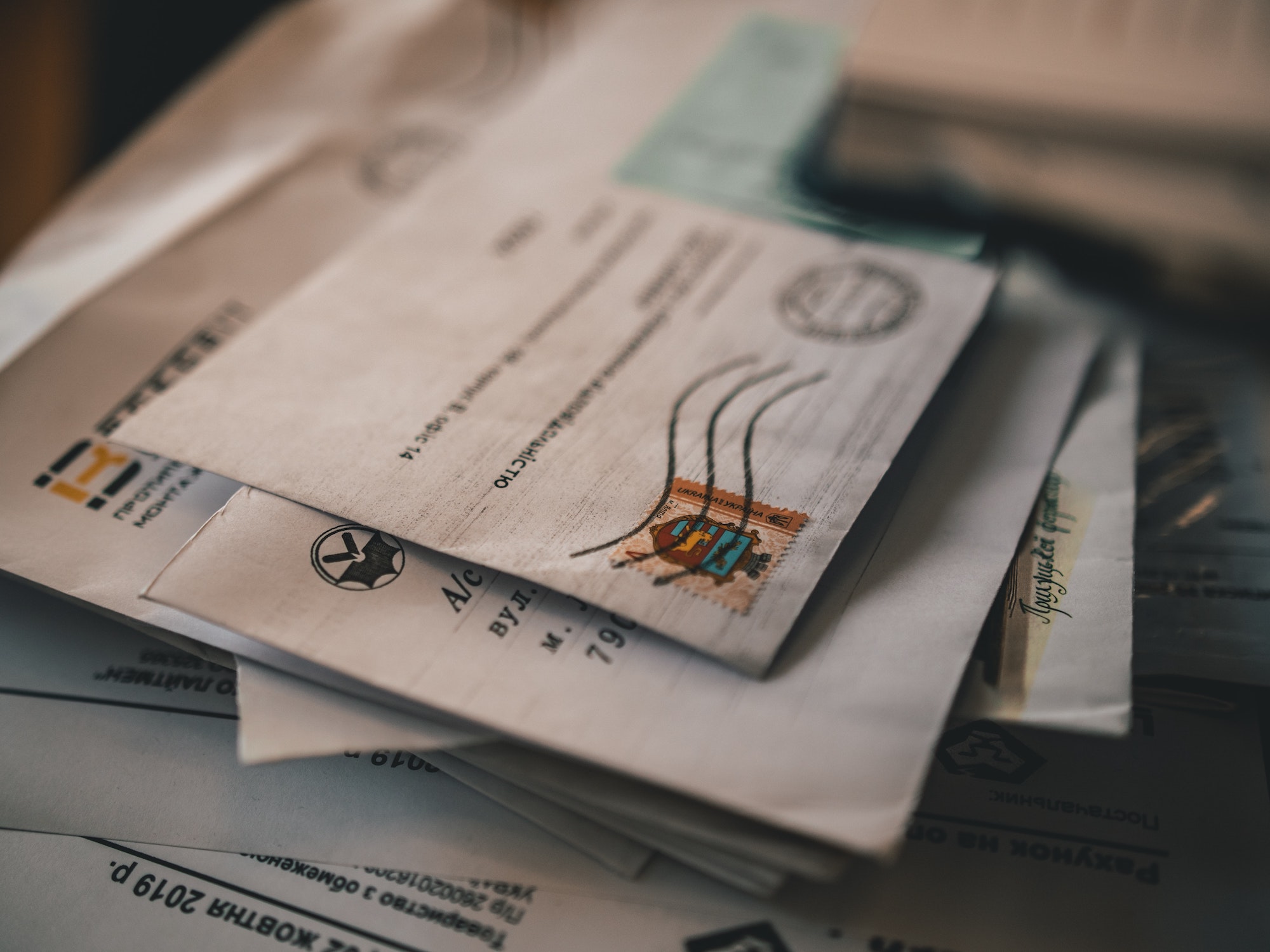Why should you care?
Many people have some form of debt, from credit card loans to overdrafts. If you’re torn between paying off your debts and putting money into your savings account, it’s helpful to understand what you can prioritise.
What will you learn?
The key considerations around paying off debts vs saving and investing.
Should you pay your debts, save or invest?
One of the most common questions when it comes to personal finance is whether you should pay off debt before saving or investing. We’ll discuss how interest is charged on debt and savings and how high-interest debt compares to investment growth. You’ll also learn when it’s best to prioritise paying off debt ahead of saving or investing.
It all boils down to one thing: interest rates.
How interest rates work – saving vs paying off debt
When you save money in a bank you are effectively giving the bank a loan in the form of a deposit, which they can in turn lend to someone else. In exchange, they pay you a ‘fee’ in the form of interest, expressed as a percentage called AER, or ‘annual equivalent rate’.
This is the problem
At the time of writing, interest rates are – to put it mildly – rubbish. According to The Money Charity, in September 2020 the average interest rate for an instant access savings account was 0.07%. For a cash ISA, it was 0.22%.
UK interest rates are currently the lowest they’ve ever been as a result of COVID, and they weren’t that great to start with. Money held in savings deposits is currently earning next to nothing. Or to put it another way, if you had £1,000 saved for a year at the above rates, you’d earn 70p and £2.20 respectively.
Now let’s look at the flipside of this
When you borrow money from a bank (e.g. by taking out a loan or a credit card), the bank is giving you a loan in the form of credit. In exchange, you pay them a ‘fee’ in the form of interest, expressed as a percentage called APR or ‘Annual Percentage Rate’. (APR is actually slightly different to interest because it also factors in things like fees, but let’s keep things simple!)
Back to the The Money Charity’s statistics, in September 2020 the average APR for a £10,000 loan was 3.4%. For credit cards it was 20.71% and for an overdraft it was an eye-watering 31.5%. If you were to borrow £1,000 at these rates you’d pay £207.10 in credit card interest and £315 in overdraft interest. And you’d pay back £340 on the £10,000 loan.
Simply put, if you have substantial sums in savings and you’re sitting on a load of high interest debt, you are losing money.
It’s worth mentioning here that the above illustration does not apply to student loans in the UK. Plan 2 UK student loans (taken out after 2012) operate much more like a tax than a debt. They do not appear on your credit file, you only repay once you earn above a given earnings threshold and after 30 years they are written off.
Investing vs paying off debt
“Well what about investing?”, we hear you ask. Great question!
If you jump straight into investing without paying off your debts first, the interest on your debt could grow faster than your investments. This could result in you losing money overall.
Take the FTSE 100 for example. The FTSE 100 is the UK’s main stock market index. It was created in 1984 to track the performance of the 100 biggest publicly traded UK companies (Tesco, Barclays and Just Eat to name a few!). Since its inception it has returned an average of 7.8% a year.
But here’s the kicker…
A 7.8% return doesn’t come anywhere close to beating the eye-watering interest rates typically charged on credit cards and overdrafts. Investing at 7.8% and carrying debt at +21% is the financial equivalent of running up an extremely steep down-escalator.
With investing, you also have to consider the fact that your investments will fluctuate in value over the short term. Between 21 February and 23 March 2020, the FTSE 100 fell over 30% in response to the coronavirus pandemic. The last thing you want is to be carrying debt, unable to pay it off because your investments have dropped in value.
Steps to paying off debt, saving and then investing
The fact that you want to save or invest is a positive thing. There are just a few steps you might want to consider if you’re carrying high interest debt.
1. If you’ve got access to credit
See if you can move the debt from a high interest environment into a low interest environment. You could apply for a ‘balance transfer credit card’. This is where you move the debt from a high interest credit card to a low or 0% interest card. Cards like these offer a low interest rate for a set period. This should give you a chance to pay off your debt without paying any further interest, as long as you make the minimum payments each month.
Remember that although you will need to pay off the minimums each month to maintain the 0% rate, this does not clear the actual debt. To clear the debt, you would need to pay off the minimums plus the outstanding balance, over the course of the 0% period.
A ‘money transfer credit card’ works in a similar way. It allows you to withdraw money at a low or 0% rate, making it better suited to clearing expensive overdrafts. For both types of cards, the transfer will incur a small fee.
2. If you don’t have access to credit
Make a list of all the debts you owe, from highest interest to lowest interest rate, and while maintaining the minimums on your lower interest debt, pay off as much as you can afford from the most expensive debt. This is called the ‘avalanche method’ of paying off debt.
Once you have completely paid off the highest interest debt, move on to the next most expensive debt, rinse and repeat. By prioritising your debt in this way, you will ensure that you pay the least amount of interest during the repayment process.
3. Build an emergency fund
Now with your debt paid off, you can begin to save! It can be a good idea to start with an emergency fund. This is a pot of cash that you set aside just in case you lose your primary source of income or have to make a large, unexpected purchase. The Money Advice Service recommends an emergency fund of 3 months’ living costs. If that is too much then really, anything is a good start!
Once you’ve paid off your debt
And finally – with your debt paid off and an emergency fund built, you can begin to start saving and investing! The fact that your debt is paid off should mean that overall, you aren’t suffering a net loss as a result of interest. And with your emergency fund built, you can keep a cool head about dips in the market. This is because you’ll already have a pot of cash set aside.
The above steps might not be easy, but they do allow you to make the most of your savings and your investments in the long term. Best of luck!












